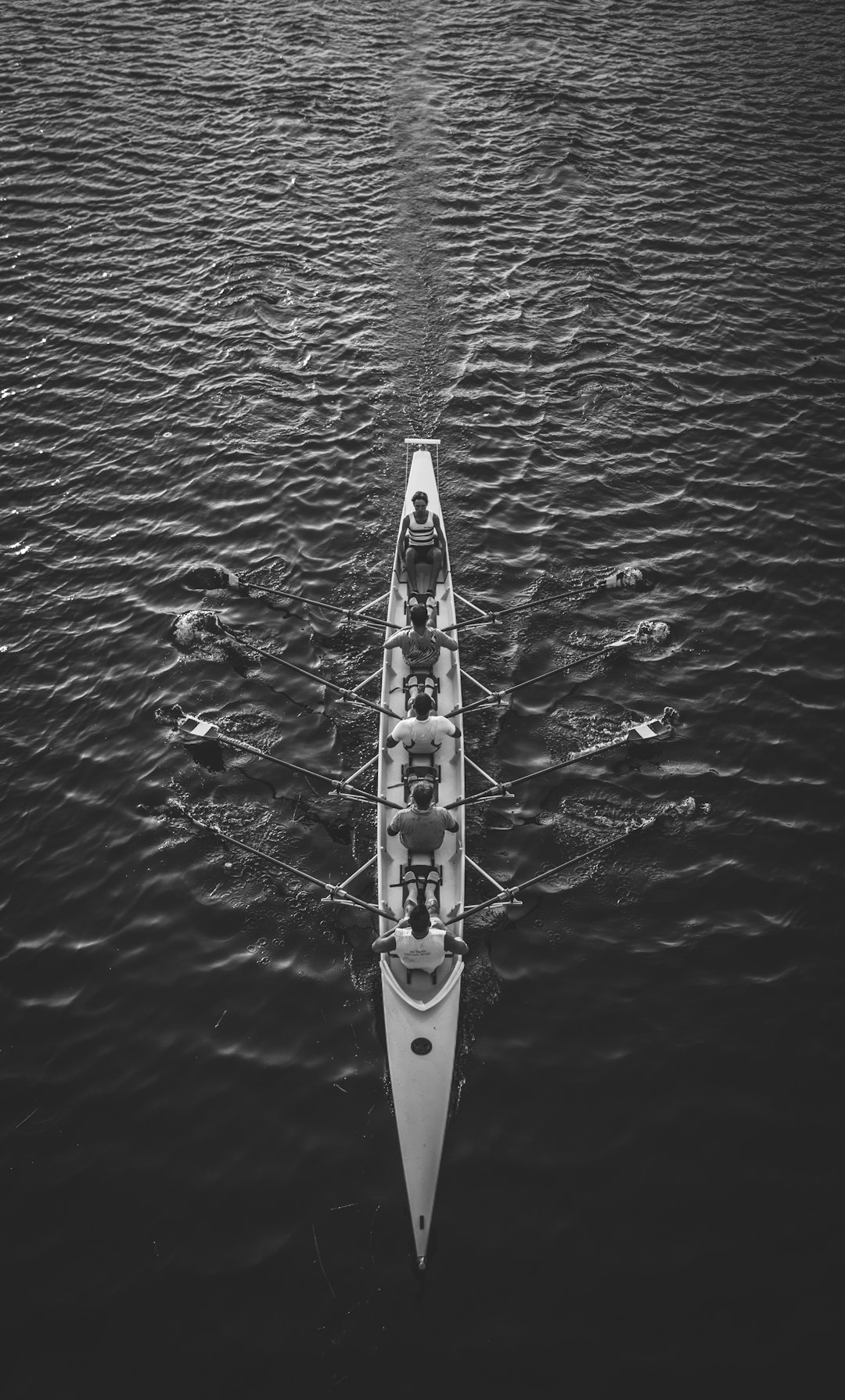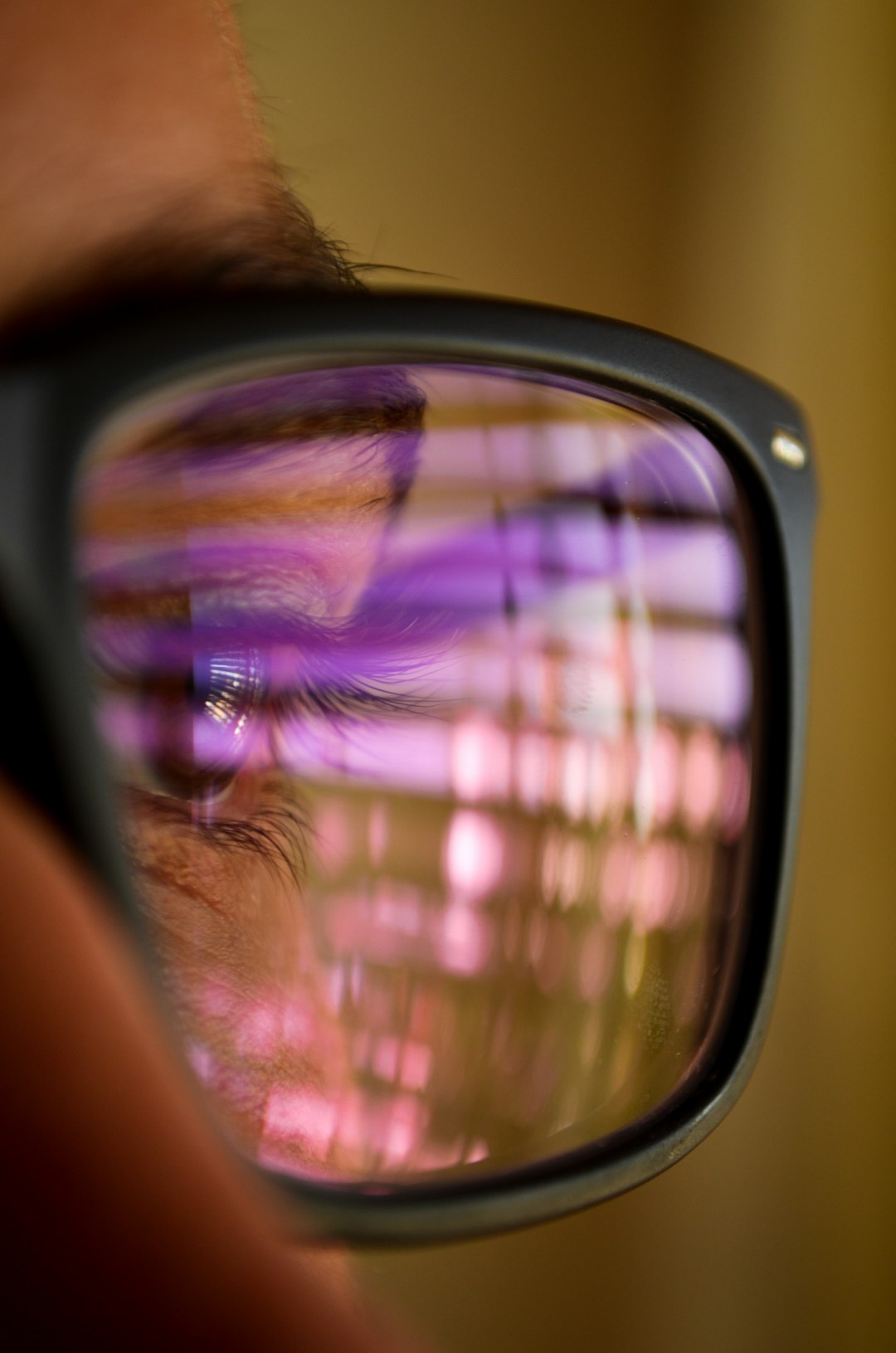
Sometimes you come across an interesting image — perhaps it’s a still from a video or a snapshot that caught your attention — and you’re curious to find out if a video version of that image exists. Whether you’re conducting research, verifying content authenticity, or simply trying to locate the original footage, finding a video from a picture is possible with the right tools and strategies.
Understanding Reverse Image Search
One of the most effective methods to trace a video from a photograph is by performing a reverse image search. This technique involves uploading an image or linking to it online, allowing a search engine to find visually similar content across the web.
Popular reverse image search tools include:
- Google Images: Navigate to images.google.com, click the camera icon, and upload your picture.
- Tineye: An advanced reverse image search engine optimized for finding where images appear online.
- Bing Visual Search: Microsoft’s search engine also offers reverse search capabilities that may yield video content.

Searching on Video Hosting Platforms
If the reverse image search yields limited results, the next logical step is to try locating the source directly on media-specific platforms such as:
- YouTube: Use keywords based on the image’s subject, location, or identifying features.
- Vimeo: Known for artistic and professional video content; images from short films or trailers may be traceable here.
- Social Media: Platforms like Facebook, Twitter, or TikTok host videos and often allow image or hashtag-based searches.
It may help to use portions of any visible text, logos, or watermarks in your search query. Eye-catching clothing, events, or vehicle models may also help in narrowing down results.
Leveraging Metadata and EXIF Data
If the image you possess is original and not a cropped screenshot, it may contain embedded metadata, such as timestamps, GPS coordinates, and camera information. This is commonly found in the image’s EXIF (Exchangeable Image File Format) data.
You can use tools like:
- Jeffrey’s Image Metadata Viewer:
- ExifTool by Phil Harvey: A highly detailed command-line application to extract image metadata.
Metadata can provide important clues such as the date and location of the image — which can significantly assist in locating related video footage. For example, knowing that a photo was taken on a specific day in a particular city could help you filter search results by date or use geo-tagging filters in video databases.
AI-Based Visual Recognition Tools
Newer advancements in AI and machine learning have made it possible to match still images to videos using visual recognition systems. Services like:
- PimEyes (for matching human faces across online content)
- Google Cloud Vision (for identifying objects, locations, or faces)
These can not only identify what’s in the image but match it to visual databases, offering potential video sources or leads. In some cases, paid services may provide deeper search results based on image matching across frames in public videos.

Tips for Better Results
To enhance your chances of successfully finding the related video, consider the following:
- Use the highest resolution image available: Clearer pictures provide better matches in image search algorithms.
- Crop unnecessary borders or overlays: Keep only recognizable elements in the image before uploading it.
- Try different tools: Not every tool uses the same database or algorithm. Testing multiple platforms increases your chances.
Use Online Communities for Assistance
Sometimes, the best resource is a community of internet sleuths. Forums like Reddit’s r/HelpMeFind or r/tipofmyjoystick (for video game content), and online investigative communities, often help users trace content that seems elusive.
When posting a request, include:
- The image in question
- Any background knowledge you have (e.g., where you found it, what it might depict)
- What you’re trying to achieve (e.g., find the original video or more context)
Conclusion
Locating a video from a single image may seem challenging at first, but with the right combination of technology, investigative methods, and persistence, it’s very achievable. Whether you’re using reverse search tools, digging through metadata, or asking communities for help, each method offers unique advantages toward uncovering the full story behind a picture.







